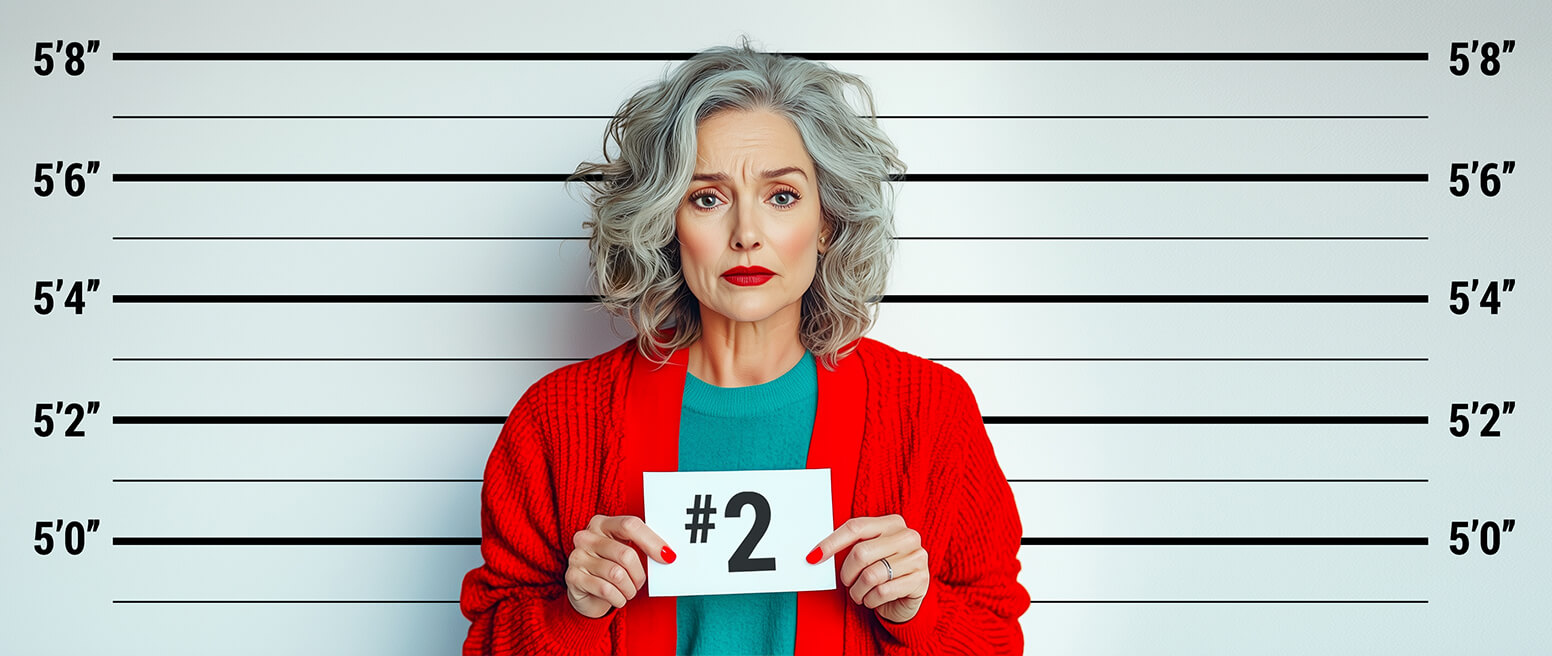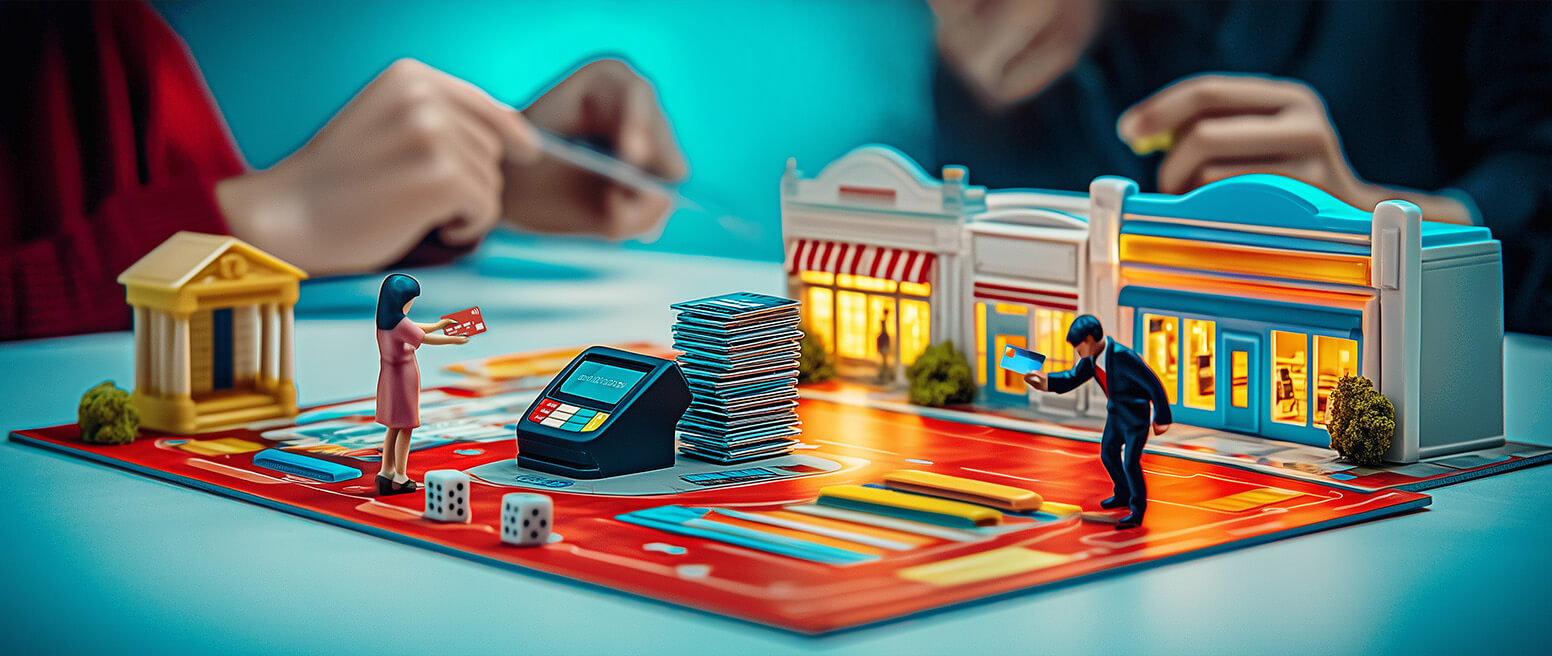Provisional Credit Reversal: How to Fight Back & Recover Lost Revenue
Provisional credits are temporary and conditional refunds that issuing banks issue to cardholders towards the start of the chargeback life cycle.
Disputes can take several days, or even weeks to resolve. So, a provisional credit is a courtesy provided by the bank to ensure the cardholder has sufficient funds while the dispute is resolved. This gives cardholders some financial cushion, and generally improves the cardholder experience.
Learn more about provisional creditsIt’s a different story for sellers, though. They’re basically deemed “guilty until proven innocent,” and must show the issuing bank that they were not at fault. If a dispute is left unchallenged, a cardholder’s provisional credit becomes permanent and the merchant automatically loses the chargeback.
Fortunately, provisional credits can be reversed if the merchant has solid evidence. Today, we’re going to delve into provisional credit reversals, and the steps that merchants can take to win a reversal.
Recommended reading
- What Happens When You Dispute a Transaction?
- Provisional Credits: Here’s Everything You Need to Know.
- Here are the 7 Valid Reasons to Dispute a Charge
- Chargeback Stats: All the Key Dispute Data Points for 2025
- What Happens if You File a False Chargeback Claim?
- A Step-by-Step Guide to the 2025 Chargeback Scheme
Can Merchants Reverse Provisional Credits?
Yes. An issuing bank will typically reverse a provisional credit if, following the bank’s investigation, a dispute is found to be illegitimate. In that case, the funds will go back to the merchant’s account.
When an issuing bank extends a provisional credit to a cardholder in response to a dispute, you’ll be notified and provided with a chargeback reason code, explaining why the dispute happened. You can choose to accept the dispute, meaning the provisional credit becomes permanent. Or, you can fight the dispute by providing counter evidence against the cardholder’s claims.
Once submitted to the issuer, your evidence will be reviewed against the cardholder’s claims to determine the party at fault. If the ruling favors you, then the credited amount is reversed. By compelling banks to reverse select provisional credits, you can protect yourself from fraudulent chargebacks and hold cardholders accountable for dishonest disputes.
Because so many parties must present and represent evidence across multiple sequential stages, chargeback resolution can often take between 30 and 60 days.
A provisional credit reversal may also take place after a merchant issues a refund, or when a cardholder voluntarily cancels their chargeback claim.
How Can Merchants Reverse Provisional Credits?
Merchants can respond to invalid chargebacks and get a provisional credit reversal through a process called representment. This involves identifying the cause of a dispute, gathering evidence, and submitting documentation to the issuer that will prove the cardholder’s claim was false.
You should carefully examine the reason code attached to a chargeback prior to submitting any response. This will let you determine if the provisional credit was valid, or if you should try to fight it.
The chargeback representment process means you’re rejecting a dispute claim, and are going to submit convincing evidence to show that the disputed transaction is valid. Artifacts that can be furnished include delivery records, messages to and from buyers, or other proof that the cardholder authorized the transaction.
If you understand the steps involved in chargeback representment, you’ll be better equipped to challenge and reverse provisional credits. Here’s a quick rundown of the process:
5 Tips & Best Practices to Get a Provisional Credit Reversed
As we showed above, having the right strategy in place can help you win disputes and reverse provisional credits. You’ve got to make sure your response is as strong as possible, though.
Here are several tips to improve your odds of seeing a provisional credit reversal:
The evidence submitted during the representment process should directly attack the validity of the disputed transaction. Examples of compelling evidence include proof that the cardholder authorized the transaction, copies of transaction records like receipts and invoices, order confirmation messages, delivery details, and copies of your return and refund policies. But, like we mentioned earlier, the best evidence really depends on the claim.
Vague or incomplete evidence that fails to address the reason for the chargeback can lead the issuer to rule in the cardholder’s favor. The same applies for illegible or poorly scanned documents, or a disjointed and incoherent representment package.
Chargeback rebuttal letters should clearly refute the cardholder’s allegations and describe why the buyer’s provisional credit warrants reversal.
But, although the contents of each letter can be personalized, the format can be templatized. Rebuttal letters typically begin with a header and an introductory paragraph. You should then explain why the chargeback is invalid, detail the evidence provided, and request that the buyer’s provisional credit be overturned. At the bottom of the letter, merchants should provide their contact information in case the issuer has follow-up questions. You can check out this article for more information and to download a rebuttal letter template.
Card networks set deadlines to provide evidence to ensure chargeback cases are reviewed and resolved promptly. But, your acquirer will probably impose an even tighter deadline, because they need time to review your submission and send it to the issuer for review.
Respond to chargebacks as quickly as possible. If you wait until the last minute to submit your representment package, you may forget to include crucial evidence that could influence the outcome of their case or, worse, miss the deadline altogether and automatically lose.
Sometimes, cardholders file chargebacks because they think that asking for a refund is too big of a hassle. Contacting the cardholder directly to better understand their grievance makes it more likely that the customer will agree to a refund or an exchange; either of these options would be better than a chargeback. Cardholders who feel heard and respected may also decide to voluntarily cancel their disputes after filing them.
Present-day benefits aside, taking customer concerns seriously can strengthen long-term relationships. You may stand to benefit from buyer-provided feedback that can be internalized to prevent future chargebacks.
Experts are intimately familiar with the chargeback representment process, and can help you draft compelling strong rebuttal letters and compile strong representment packages.
Industry-veteran chargeback specialists and fraud examiners can also provide fraud awareness training to staff and recommend process improvements to prevent future chargebacks. They can audit your financial statements, inventory, and bank statements for signs of waste, fraud, or abuse.
Get Help Reversing Provisional Credits
Handling provisional credits reversals is a lengthy, onerous, and confusing process. But, you don’t have to take on the problem alone.
With the right support, you can consistently and successfully reverse provisional credits, reduce chargebacks, and protect revenue. Chargebacks9111®’s fully-customizable dispute prevention and management platform helps merchants fight fraudulent claims effortlessly and profitably. Contact us today for a no-obligation ROI analysis.
FAQs
Do I have to pay back provisional credit?
If you lose your dispute, or if your issuing bank provided you with provisional credit in error, you may have to pay those funds back.
What does "reverse temporary credit" mean?
A temporary credit reversal occurs when an issuing bank reverses the temporary credit extended to a cardholder at the beginning of a dispute. This typically happens when a cardholder loses their chargeback case.
Is provisional credit good or bad?
A provisional credit is good for the cardholder; these credits provide immediate financial relief to buyers and ensure that cardholders do not remain on the hook for transactions they did not authorize.
Why was my dispute reversed?
Your dispute may have been reversed because the issuing bank received compelling evidence from the merchant showing that they were not at fault. Because the dispute did not ultimately resolve in your favor, you remain responsible for the transactions incurred.
Can I withdraw provisional credit?
Yes. You may withdraw your provisional credit once your bank issues it to you. However, if you lose your dispute and your provisional credit is reversed, you may face overdraft penalties or similar consequences.














